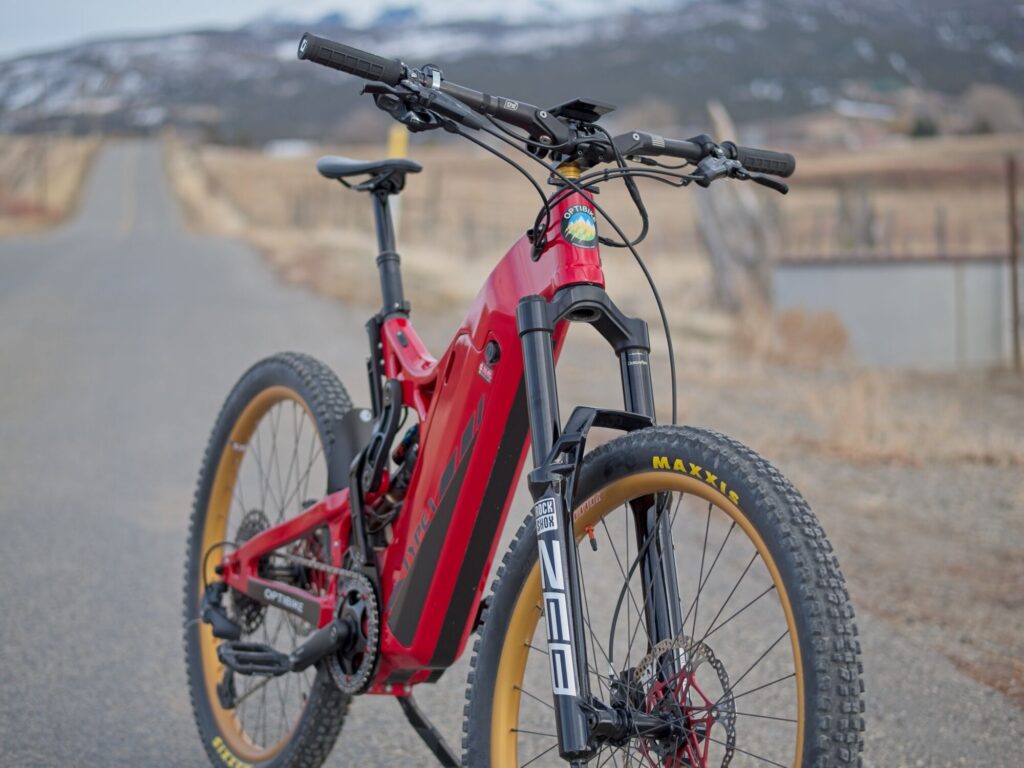E-bikes, or electric bicycles, have gained significant popularity in recent years as a sustainable and efficient mode of transportation. Among the various classes of e-bikes, Class 1 e-bikes hold a unique position, offering a blend of pedal-assist power and traditional cycling experience. In this article, we delve into the details of Class 1 e-bikes, exploring their features, benefits, regulations, and their impact on the cycling industry and urban mobility.
Understanding Class 1 E-Bikes
Definition and Features
Class 1 e-bikes are defined by their pedal-assist functionality, meaning they only provide assistance when the rider pedals. They are equipped with an electric motor that assists the rider’s pedaling efforts, offering varying levels of assistance depending on the selected mode.
Technical Specifications
Class 1 e-bikes typically adhere to specific technical specifications set by regulatory bodies. These specifications often include limitations on motor power, maximum speed, and other parameters to ensure safety and consistency within the class.
Benefits of Class 1 E-Bikes
Health and Fitness
One of the primary benefits of Class 1 e-bikes is their ability to promote health and fitness. Unlike Class 2 or Class 3 e-bikes, which may offer throttle-based assistance, Class 1 e-bikes require the rider to pedal, thereby providing a moderate level of physical activity while still offering assistance, making them ideal for individuals looking to improve their fitness levels.
Sustainability and Environmental Impact
Class 1 e-bike contribute to sustainability efforts by reducing reliance on fossil fuels and decreasing carbon emissions associated with traditional motor vehicles. By encouraging more people to cycle, particularly for short-distance commuting and recreational purposes, Class 1 e-bike play a role in reducing traffic congestion and promoting cleaner urban environments.
Regulations and Legal Considerations
Classification and Regulations
In many jurisdictions, Class 1 e-bike are subject to specific regulations governing their operation. These regulations may include restrictions on maximum motor power, speed limits, and age requirements for riders. Understanding and adhering to these regulations is essential for both manufacturers and riders to ensure compliance with local laws.
Safety Standards
Class 1 e-bike are often required to meet certain safety standards to ensure their reliability and minimize the risk of accidents. These standards may encompass aspects such as braking performance, lighting systems, and overall build quality. Manufacturers must adhere to these standards to obtain certifications and approvals for their products.
Market Trends and Industry Outlook
Growing Demand
The market for Class 1 e-bike has experienced significant growth in recent years, driven by increasing awareness of their benefits and advancements in technology. Consumers are increasingly seeking alternative transportation options that are both environmentally friendly and convenient, making Class 1 e-bike an attractive choice for many.
Innovation and Technological Advancements
Advancements in battery technology, motor efficiency, and lightweight materials have contributed to the evolution of Class 1 e-bike. Manufacturers are continually innovating to improve the performance, range, and overall riding experience of these bikes, catering to the diverse needs and preferences of consumers.
Conclusion
Class 1 e-bike represent a compelling option for individuals seeking an eco-friendly, convenient, and health-conscious mode of transportation. With their pedal-assist functionality, they offer a harmonious blend of traditional cycling and electric assistance, making cycling more accessible to a broader audience. As regulations evolve and technology continues to advance, the future looks promising for Class 1 e-bike, paving the way for a more sustainable and efficient urban mobility landscape.







